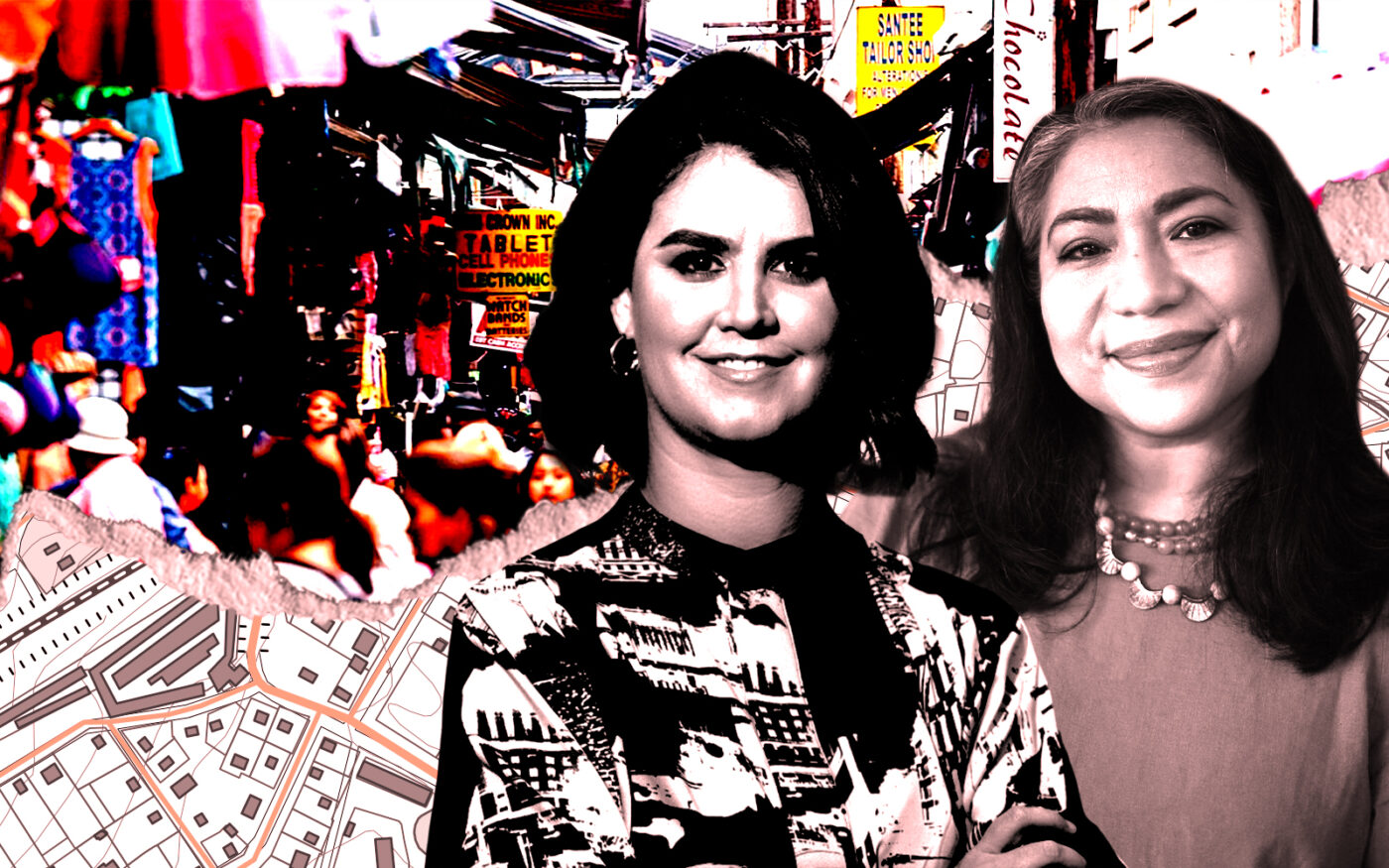Trending
Garment workers and business leaders at odds over DTLA housing plan
DTLA 2040 could add 100K homes, but with “no net loss” of apparel factories

Call it a tug-of-war for Downtown Los Angeles real estate between the city’s garment workers and local business leaders.
The City Council will vote Wednesday on a 20-year road map for growth that could add up to 100,000 homes to Downtown – with new language stipulating “no net loss” of sewing factories and fashion-related businesses, the Los Angeles Times reported.
The DTLA 2040 plan, which proposed enough homes to satisfy a fifth of the city’s new housing needs, has been fiercely opposed by Downtown’s lowest-wage workers, who fear new condominiums and apartment towers will replace garment businesses.
Those workers, and union organizers with the Downtown-based Garment Worker Center, succeeded last week in adding the “no net loss” language to the plan. Their goal: To protect tens of thousands of garment industry jobs filled by Mexican and Guatemalan immigrants.
Business leaders represented by the Central City Association warned the new restrictions would make as many as 12,000 residential units financially infeasible for developers. Union leaders said garment workers need their jobs to pay for housing.
The council is scheduled to vote on the DTLA 2040 plan along with the long-delayed update to the Hollywood Community Plan, blocked by a judge in 2013 and later rewritten.
Both plans establish rules for developing new homes, offices, soundstages and more in Downtown and in Hollywood, with new provisions aimed at reducing displacement, boosting the production of affordable housing and extending the life of those affordable projects.
The Downtown plan stretches from the Convention Center east to the Arts District and north to Chinatown. But most of the debate focuses on the Fashion District, home to an estimated 20,000 garment jobs.
The most contested area is bounded by 7th Street on the north, 17th Street on the south, Crocker Street on the east and Santee Street on the west, known as the IX3 zone.
The DTLA 2040 plan would prohibit industrial buildings in the IX3 zone from being converted into lofts or hotels. Developers could build mixed-use projects — buildings with apartments and space for “productive” uses, such as sewing factories or other types of light manufacturing.
Until recently, the proposal called for developers in the IX3 zone to provide 5,000 square feet of productive space for every 10,000 square feet of land.
But then the Garment Worker Center — working closely with Unite Here Local 11, the powerful hotel workers union — convinced a City Council committee to rewrite that provision, doubling the amount of required manufacturing space. They said the changes would help protect workers from “luxury commercial development.”
The council’s Planning and Land Use Management Committee voted to double the amount of manufacturing space required in new residential projects proposed in the IX3 section of the Fashion District, according to the Times.
Read more
The five-member panel also endorsed a provision requiring that new development projects in that area include freight elevators, loading docks and loading bays — the kind that can accommodate heavy machinery and large rolls of fabric.
Those two changes, if approved by the council, would make about 12,000 of the planned housing units in the DTLA 2040 plan financially “infeasible” — at least for the near future, according to the city’s planning staff.
— Dana Bartholomew






